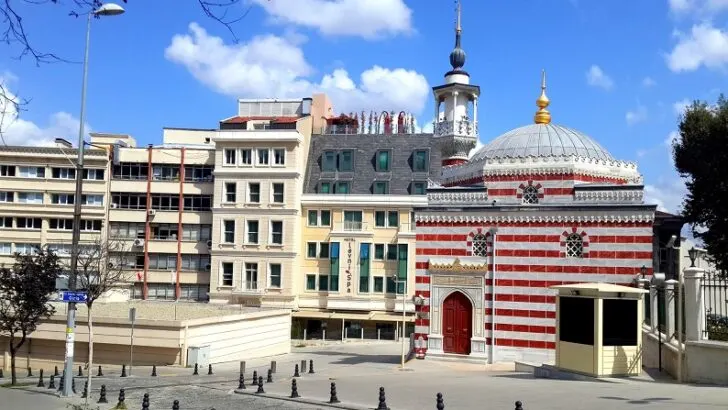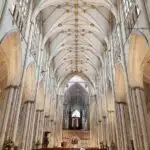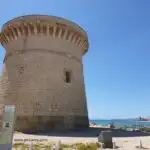Istanbul, the largest city in Turkey, is a popular tourist destination throughout the year. Crowds of visitors board flights to Istanbul, flying them direct into this enchanting city. On the border between Europe and Asia. Istanbul has ancient culture and a unique history. The different atmosphere only possible due to its location. Placed at the edge of two continents: between Europe and Asia. This situation in the world makes it oriental, Mediterranean and of course European all at the same time.
Getting to Istanbul is easy as many international routes fly into the city. When you decide to visit, plan ahead and book fattaxi.com/istanbul/istanbul-airport-transfer/ to get to the city in style. Istanbul may can feel a bit chaotic when you arrive. Especially after a long flight.
It´s a busy city of almost 16 million. Although Istanbul is not the capital of Turkey. Ankara has been the Turkish capital since 1923.
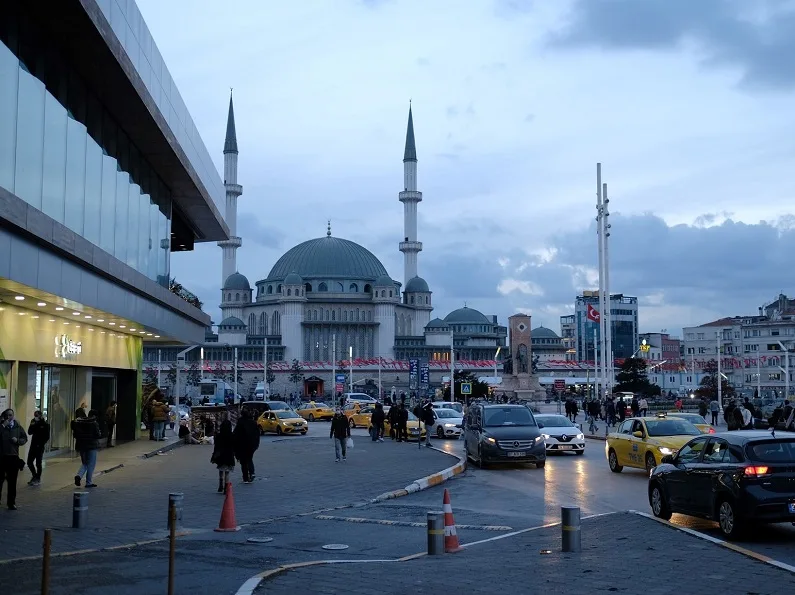 Photo by Dmitriy Frantsev on Unsplash
Photo by Dmitriy Frantsev on Unsplash
Istanbul Getaway
The comfortable weather in Istanbul during the summer months and transition seasons allows its visitors to enjoy all that it has to offer and winter gives it extraordinary charm and sights. Istanbul has lots to see. Plan your Istanbul City Tour carefully to make sure you see the main sights when you visit. Spectacular architecture, impressive mosques and plenty of colourful markets. A city with a huge selection of restaurants, offering traditional local food, a variety of cafes and modern shops and malls.
One day in Istanbul will never be enough, there is lots of see. Spend a day wandering the Historical Peninsula or visiting Anatolian Side districts such as Kuzguncuk, Moda, Üsküdar and Kadıköy. Spend your time exploring districts on the European Side. Balat, Karaköy and Cihangir. Take a boat tour on the Bosphorus or visit the Spice Bazaar. Try local fish and bread in Eminönü. There are so many different options to plan your day in Istanbul.
 Photo by FERNANDO TRIVIÑO on Unsplash
Photo by FERNANDO TRIVIÑO on Unsplash
The Hagia Sophia Mosque
Where is here?
Hagia Sophia, one of the most important buildings in Istanbul. A place you should definitely visit with its architecture that defy the years. Hagia Sophia, has been visited by millions of local and international tourists as a museum for many years. Transformed into a mosque on July 24, 2020. President R. Tayyip Erdoğan removed its museum status last year. This news was welcome across Turkey. Many flocked to Hagia Sophia once more.
 Photo by Hasan AKBAS on Unsplash
Photo by Hasan AKBAS on Unsplash
Why Should I Go?
The building, officially named Hagia Sophia-i Kebir Mosque-i Şerifi, was first built between 532-537 by the Byzantine Emperor Justinian I. It was basilica and cathedral in the old city centre, on the historical peninsula of Istanbul. Hagia Sophia became a mosque due to Fatih Sultan Mehmet Han. Converted after the conquest of Istanbul in 1453. Until then it was intact and preserved with great care. The human figures were undamaged.
Human figures can´t be present inside a mosque. So these mosaics had a thin layer of plaster added. Protecting them from wear or destruction for centuries. Hagia Sophia became a museum in 1934. The mosaics were uncovered after a renovation.
More recently Hagia Sophia was given mosque status again in July 2020.
The mosaics inside Hagia Sophia are still preserved with great care today. Don´t miss a visit to Hagia Sophia, which is open to visitors of other religions. For those who wonder what there is to see in Istanbul ” Visit Hagia Sophia! ” is high up on the list. You do not need to pay an entrance fee now.
- Address: Sultan Ahmet, Hagia Sophia Square No: 1, 34122 Fatih / Istanbul
- Opening hours: open 24 hours / Free admission

Istanbul’s Seven Hills
While the Great Constantine moved his capital from Rome to Istanbul in 330. He adapted many institutions and structures here. Declaring the elevations on the edge of the Golden Horn as a hill. So the seven hills were created. For this reason, it is actually Rome, not Istanbul, built on seven hills.
Witness history stretching from Rome to Istanbul by visiting the hills of Sultanahmet, Nuruosmaniye – Çemberlitaş, Süleymaniye – Beyazıt, Koca Mustafa Pasha, Fatih Mosque, Yavuz Selim Mosque and Edirnekapı Mihrimah Sultan Mosque.
 Photo by Artem Bryzgalov on Unsplash
Photo by Artem Bryzgalov on Unsplash
Why Should I Go?
The first hill is where the ancient city of Bizantion was. Starting with Sarayburnu, this district covers the areas where Hagia Sophia is located. Also the Blue Mosque and Topkapi Palace are in this part of Istanbul. The Topkapi palace is a great example of architecture of the powerful Ottoman Empire. Building began in 1461 and took 17 years.
Nuruosmaniye Mosque, Grand Bazaar and Çemberlitaş Column are located on the second hill. Divided by a very deep valley extending from Bab-ı Ali to the east of Eminönü.
On the third hill is the area with Istanbul University buildings are located. It is also the place where the Bayezid Mosque is, more to the south. Then the Süleymaniye Mosque is on the northern part of the third hill. Kumkapı and Langa on the southern slopes.
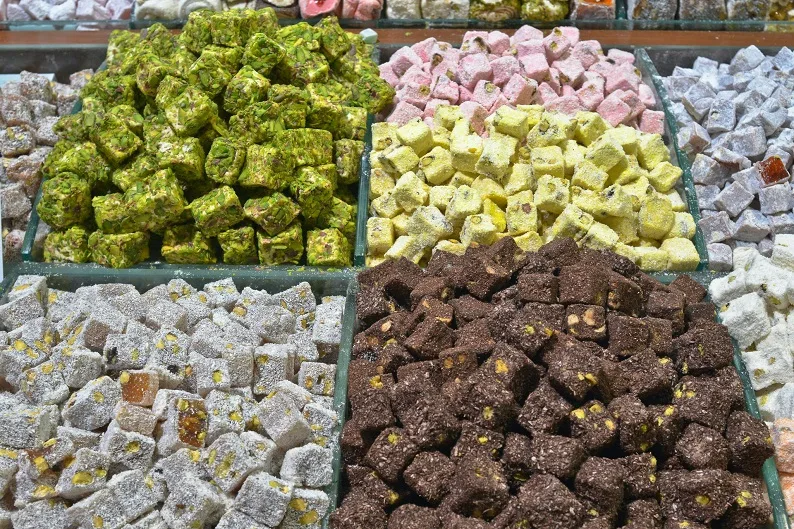 Photo by Stefano Zocca on Unsplash
Photo by Stefano Zocca on Unsplash
Fourth to Sixth Hills
First Havariyyun Church and Fatih Mosque are on the fourth hill. To each you have the Golden Horn in the north and a gentler slope to Aksaray in the south.
The fifth and sixth hills are separated by a valley. Extending to Balat on the banks of the Golden Horn in the west. Yavuz Selim Mosque is located on the fifth hill. Edirnekapı and Ayvansaray are located on the sixth hill, that gently slope down beyond the defence walls.
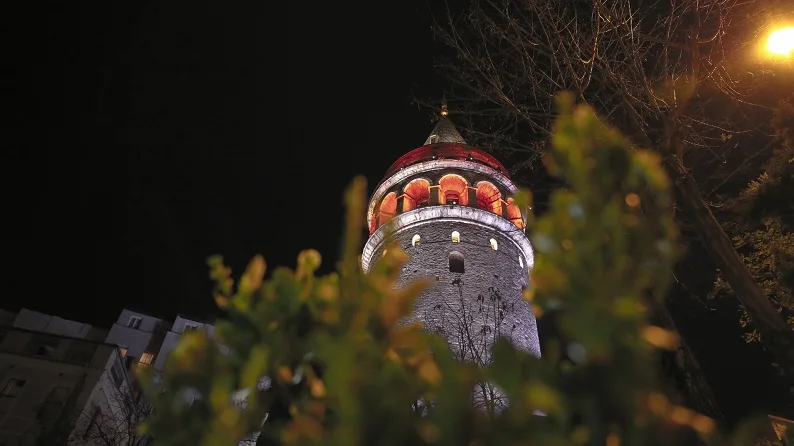 Photo by nour kanaa on Unsplash
Photo by nour kanaa on Unsplash
The Bloody Church – Saint Mary of the Mongols
The Church of St. Mary of the Mongols is unique. Also called the Bloody Church it was not converted into a mosque like other domed churches. The Bloody Church is located in Tevkii Cafer Mektebi Street, beyond the high walls of Fatih district.
Why Should I Go?
The church was first established as a monastery on the fifth hill of Istanbul. Dating back to the early 7th century, founded by princess Sopatra, daughter of the Byzantine emperor Maurikios, and her friend Eustolia. After the city was recaptured by the Byzantines in 1261. The father-in-law of Georgios Akropolites and VIII. Mihail’s uncle, Isaakios Doukas, built a simple one-story monastery on the same site.
Finally, Emperor VIII. Maria Despina Palaiologina, the illegitimate daughter of Mihail. Also wife to the Mongolian Ilhanid ruler Abak Khan, returned to Istanbul after the death of her husband. The Bloody Church was built then, later receiving the nickname of “Mongols”.
